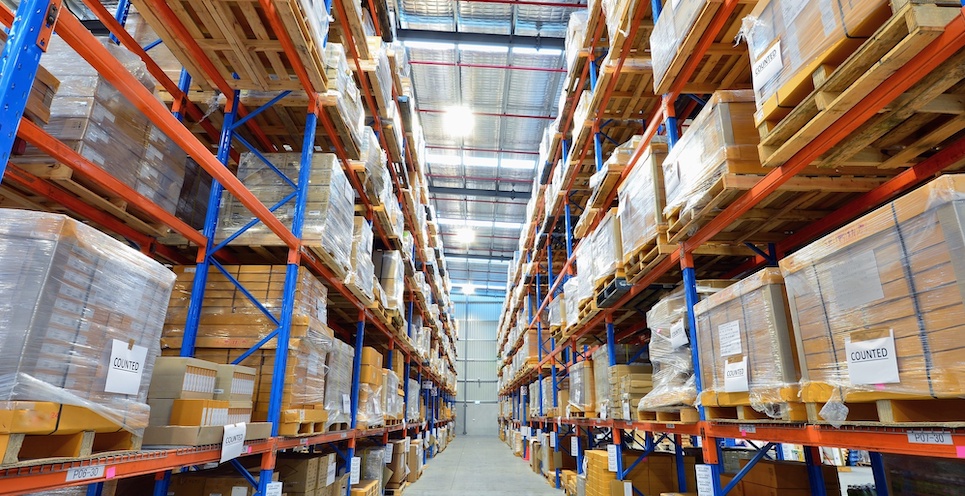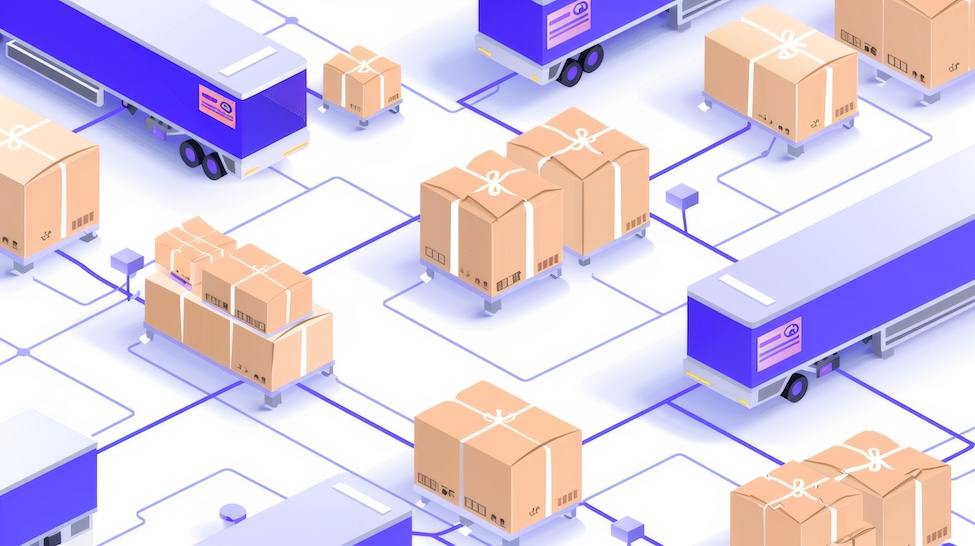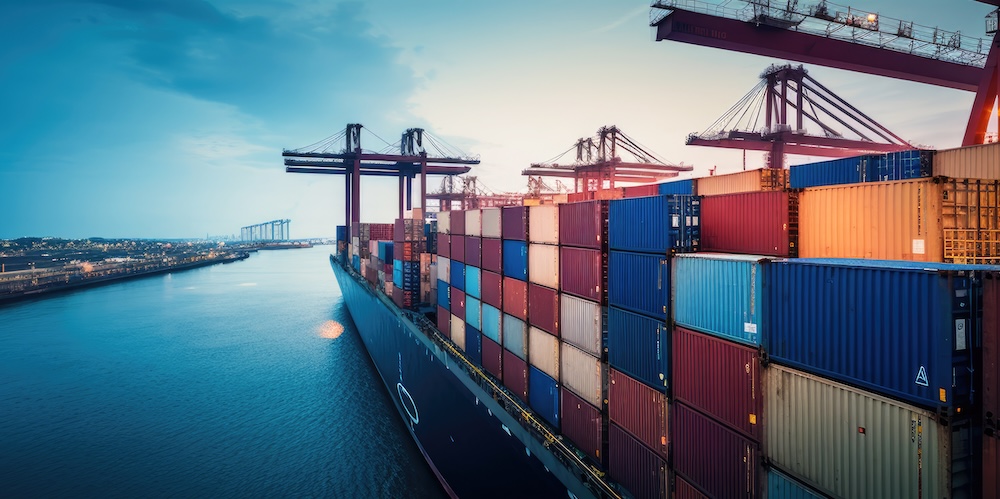What’s the Difference Between Warehousing and Distribution?

The term supply chain has become its own sort of buzzword within the zeitgeist of the past few months, most notably because disruptions to the supply chain have been felt both here and abroad.
Remember the panic-buying of toilet paper at the outset of the pandemic? The rapid increase in demand for the product led to a now-infamous interrupted flow of goods.
You might be wondering how this anecdote relates to warehousing and distribution. To understand more, let’s go over both processes and how each contributes to a streamlined distribution of goods.
What Are Warehousing and Distribution?
Warehousing distribution companies are integral pieces of the modern supply chain system. Both e-commerce and physical retail locations rely on warehouses and distribution centers.
Warehousing and distribution services are designed to receive and distribute physical goods such as:
- Packing materials
- Raw material
- Agricultural products
- Hazardous material
Some may use the terms interchangeably. Yet, there are significant differences between their internal operations and fulfillment responsibilities.

What’s the Difference?
The difference comes down to time. Warehouses are meant to store inventory for any determined length of time. Distribution centers are built for quick intake and rapid distribution.
Warehouses are temporary storage facilities for physical products. Distribution centers exist to fulfill additional customer demands. Some added services offered by distribution centers might include:
- Product mixing
- Packaging
- Order fulfillment
- Cross-docking
Some organizations outsource such customer expectations. This process is third-party warehousing and distribution, or 3PL warehousing and distribution for short.
Is Warehousing a Part of Distribution?
Yes, it can be considered part of the distribution process of goods and services. This is mostly due to the fact that warehouses store goods which will then get distributed at a later time.
There are many moving parts included in the warehousing process such as:
- Planning product storage to make the most efficient use of space
- Receiving inbound shipment items before moving to a staging area
- Product tracking of what’s moving in and out of inventory
- Temperature regulation in order to ensure quality products
- Releasing inventory to allow new space for new product
In terms of warehouse logistics, many of these moving parts during the warehousing process translate similarly to a distribution center.
What Is a Cross Dock Warehouse?
One feature of warehousing distribution order fulfillment is called cross-docking. This form of flexible service offers a way to reduce material handling and product storage.
It offers a way to optimize the supply chain to ultimately expedite the fulfillment process. Cross-docking helps reduce costs of labor. It also reduces the need for overall warehouse space.
Pack It Up
Warehousing and distribution centers are an integral part of a smooth-functioning supply chain. From inventory documentation to product packaging, many organizations rely on the customized nature of such services.
At AmerTrans Logistics, we aim to provide innovative solutions to our customers’ most complex problems. Our powerful warehouse management system focuses on procurement, site conversions, and beyond.
If you’re ready to get started with getting your business back on track, don’t hesitate to contact us here today for a quote. We look forward to helping increase your business success!
Related Articles
General
Inbound Logistics Explained: Processes, Benefits & Best Practices

Efficiency is the cornerstone of business success in today’s competitive environment. Inbound logistics, a critical component of supply chain management, plays a pivotal role in determining a company’s operational effectiveness and overall performance. Inbound logistics encompasses the processes involved in receiving, storing, and distributing raw materials, components, or finished goods from suppliers to production facilities […]
Read MoreGeneral
Freight Shipping vs. Standard Shipping: Understanding the Difference

Freight shipping stands as a cornerstone of modern logistics, propelling the global economy forward through the efficient movement of goods. This essential component of commerce encompasses the transportation of large quantities of products, distinguishing itself from standard shipping methods in scale, complexity, and significance. Understanding freight shipping is essential for business owners aiming to optimize […]
Read More
